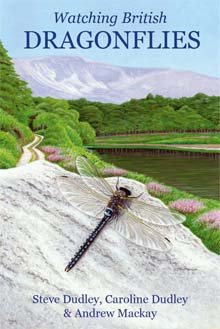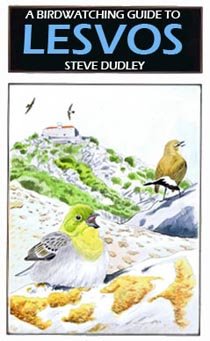Day 3 | Week 1 | A Speyside Wildlife holiday.
We wake to bright blue skies after a night of high wind and lashing rain. We board the Britannia and take an unexpectedly smooth ride over to St Martin’s.
Flying the flag on the way to St Martin’s

Landing at Lower Town the skipper announces ‘the exit is on the left. Those exiting on the right, the water is only ankle deep . . . if you stand on your hands!’
After a quick watch of a Small Tortoiseshell we head straight up to Tinkler’s Hill and up on to the northern side of the island. Our main quarry is a Pallid Harrier which has been seen around the islands in recent days, and has spent at least the last two days on St Martin’s. Three Ravens rise over the nearby island of Tean. They wheel around the blue sky chasing each other. One bird turns against the wind is suddenly swept across the sound across to our island. It gains height and comes over us like a large flying cross, its thick bill and shaggy neck clearly visible.
Round Island

As we pass by Porth Seal two waders appear in the sky right by us. ‘Bar-tailed Godwit following the Curlew!’ I shout. The light is perfect as the two birds spin around the bay and the lack of wingbars on the smaller godwit is
easy to see.
We continue across to The Plains with only a few Stonechats to show for our efforts. We have to make best of little shelter there is when a squall rips through. At least the gorse helps to keep the driving rain off our legs. After the rain butterflies are quickly back on the wing and we come across Painted Lady, Small Copper and Wall all sunning themselves and feeding on the low growing heather. Five Little Stints come hurtling from a beach below us and pass right over our heads.
With another squall building to the west we loiter at a suitable spot that is sheltered from the strong wind, allows us to take an early lunch in the sun and provides a view of the expansive downs in case the harrier appears. Raindrops fall and we make a quick dash to the only cover on this side of the island, a stand pines under which one of the local birders has already taken cover under. It looks like we were just on the edge of this squall and the bulk of it passed to the east, so we are quickly back on the harrier hunt.
‘Raptor!’ I call, pointing to a dark shape over the western side of the island. ‘Bah! Common Buzzard’ I pronounce very deflated. Still, the Buzzard wind-hovers for us before tipping a wingtip and letting the wind take it hurtling along the sea below us.
As we climb Turfy Hill we look back along Great Bay. Charles picks up a group of waders high up on the beach. We get our scopes onto them. Sanderling, about 40 of them. Normally found scurrying along the tideline, these birds are running around in typical clockwork fashion at the top of the beach probably feeding on sandhoppers.
Sanderlings digging for insects high up the beach

At Chapel Gate a Whimbrel rises from a little field, calling its stuttered whistle call as it gains height. Again the light is fantastic as the bird wheels around, flying off low over the sea before returning to feed in the field. The bird is only yards away and from the cover of a dry stone wall, we get super close views of this all too weary wader. A tick for some, these are certainly the best views we have all ever had of this migrant curlew. We move on to the next field and find another two birds feeding, then another bird, with a fifth eventually coming in. Wow! Whimbrel wonderland. A Whitethroat manages to distract us only for a few moments from our Whimbrel-watching.
One of the five Whimbrel giving great views

As we approach Chapel Down the Buzzard reappears over Little Arthur Farm giving us superb views as it wind-hovers and glides around over the farm. A few more Stonechats are added to the tally, along with Small Heath butterfly.
The walk along the south of the island is windy and pretty birdless bar more views of the Buzzard and some Collared Doves. Nearing the quay for the transfer back to St Mary’s, the news we now didn’t want comes through. The Pallid Harrier had just been seen on the north of the island. Having spent over four hours searching for it we decided another hour was unlikely to prove fruitful given the bird had already been lost again. Smart move! The bird wasn’t seen again and the crossing back was more than a little wet on the Seahorse, and would have been extremely wet on the later boat – the uncovered Guiding Star! As it was, those at the bow of the boat got an absolute drenching, whilst us wimps took shelter either inside or behind the bridge section – nice and dry!
St Mary’s quay during a windy high tide

After dinner we caught up on two days of checklist having missed yesterday’s.









No comments:
Post a Comment